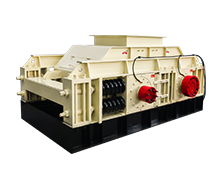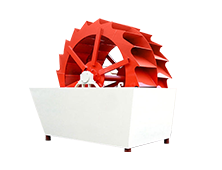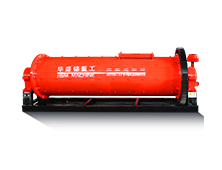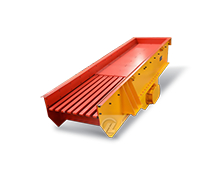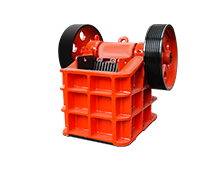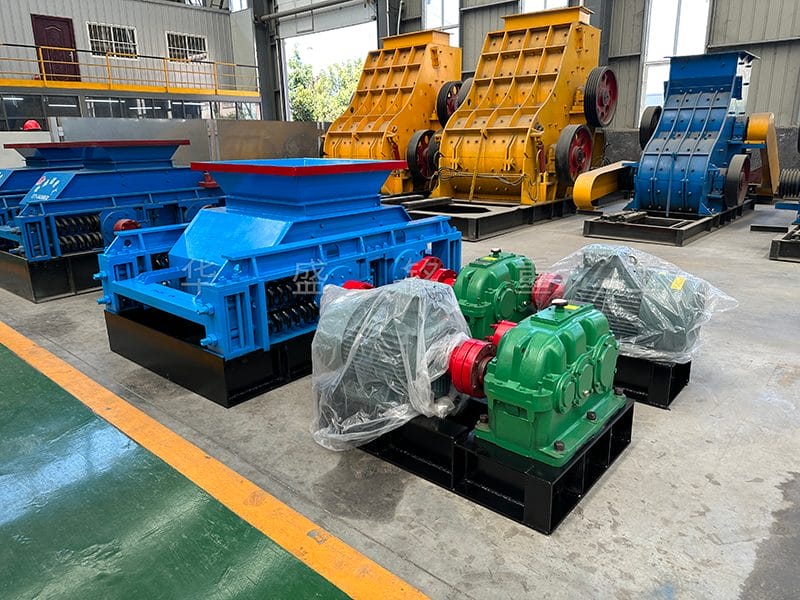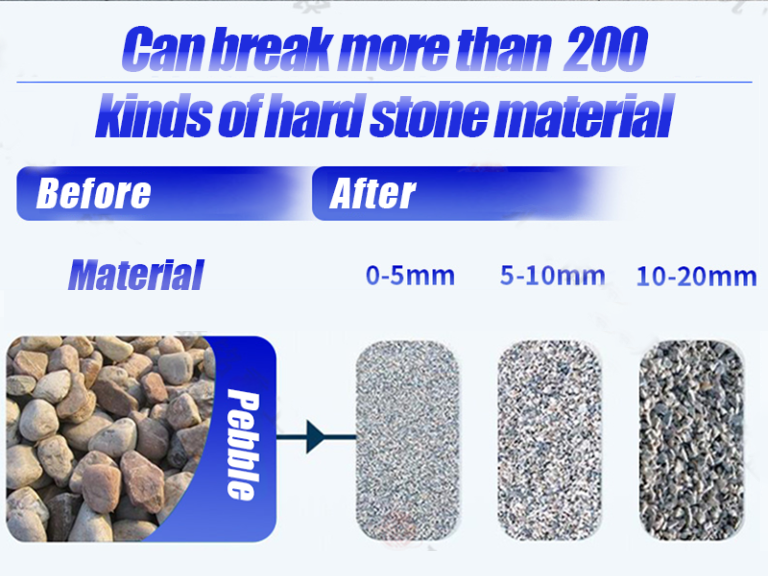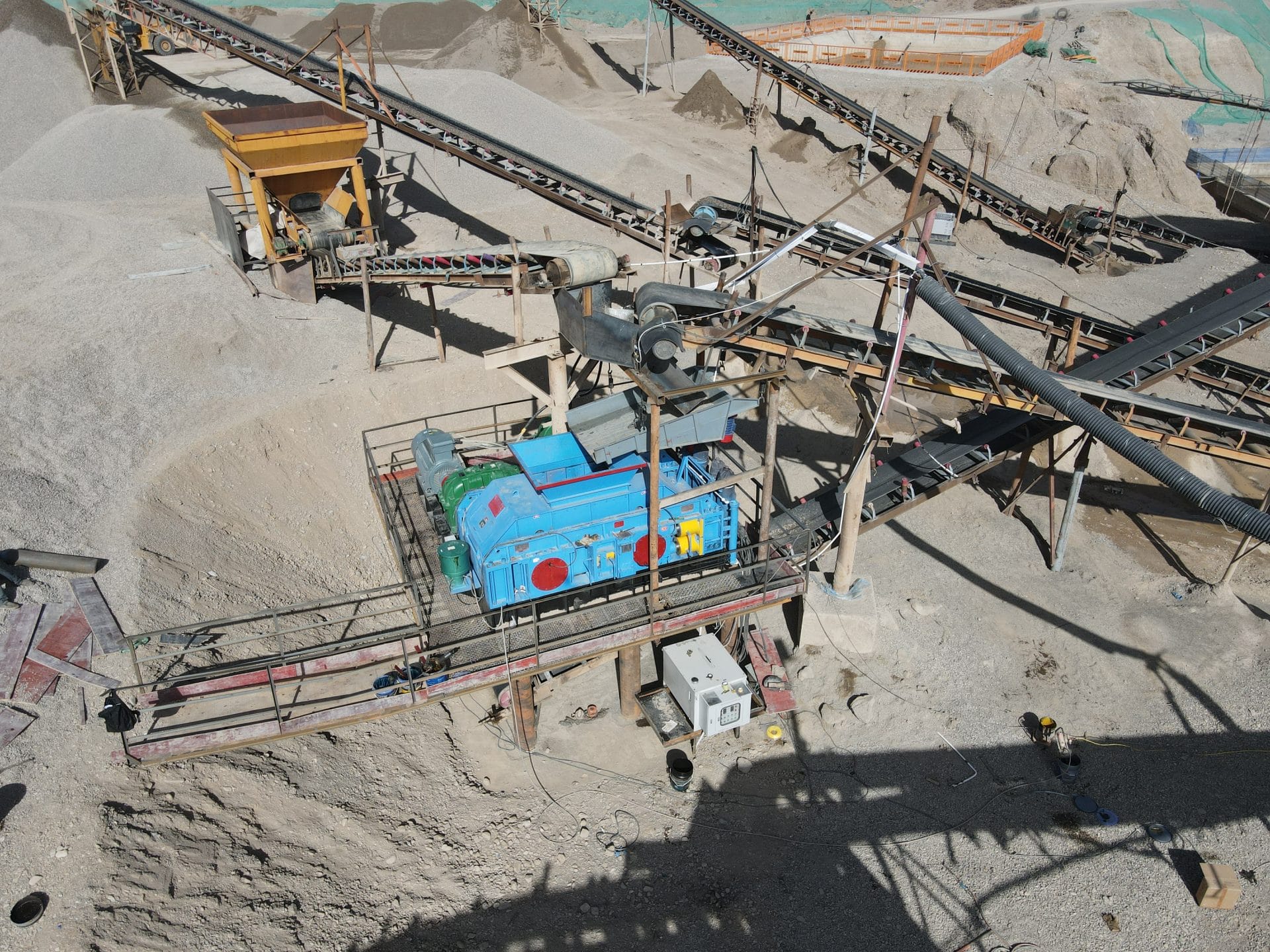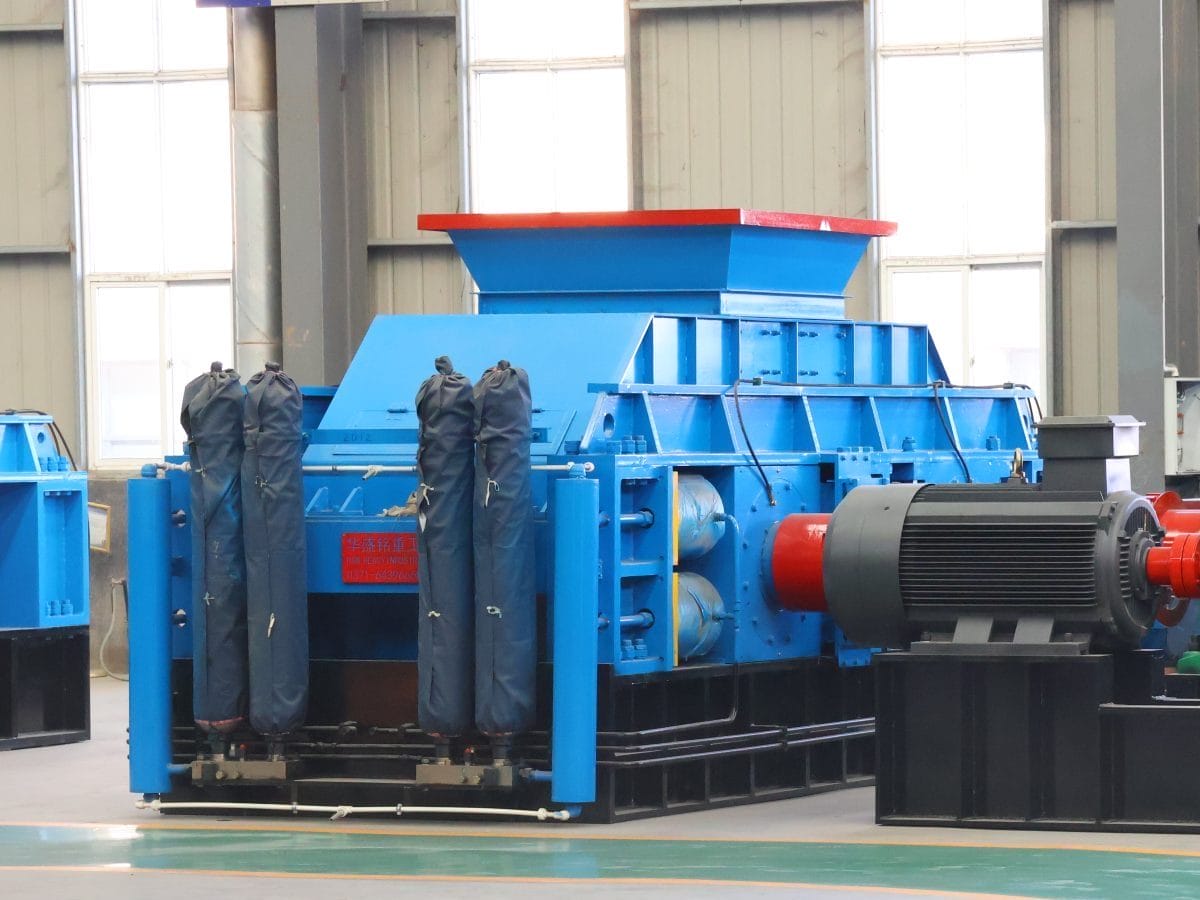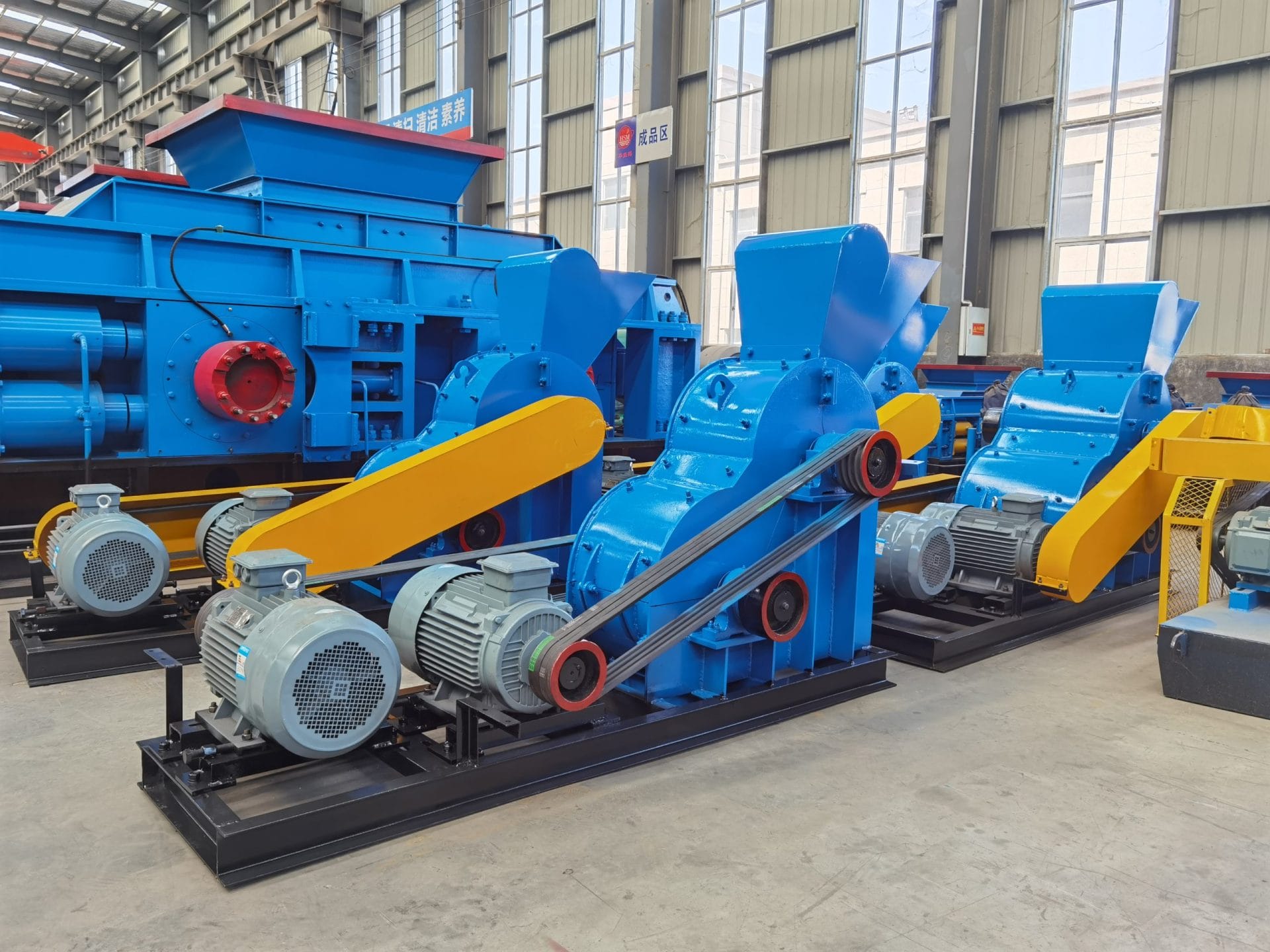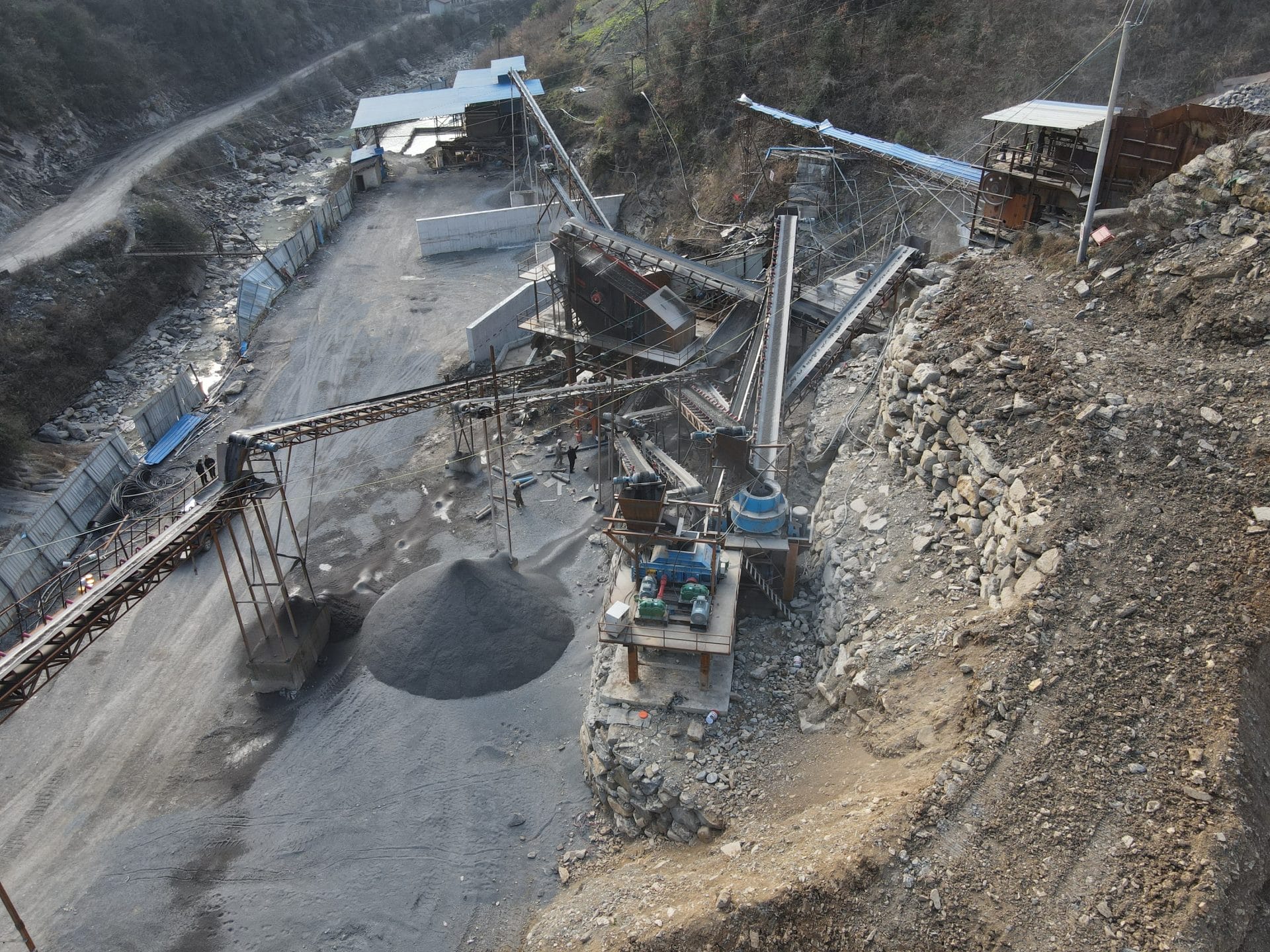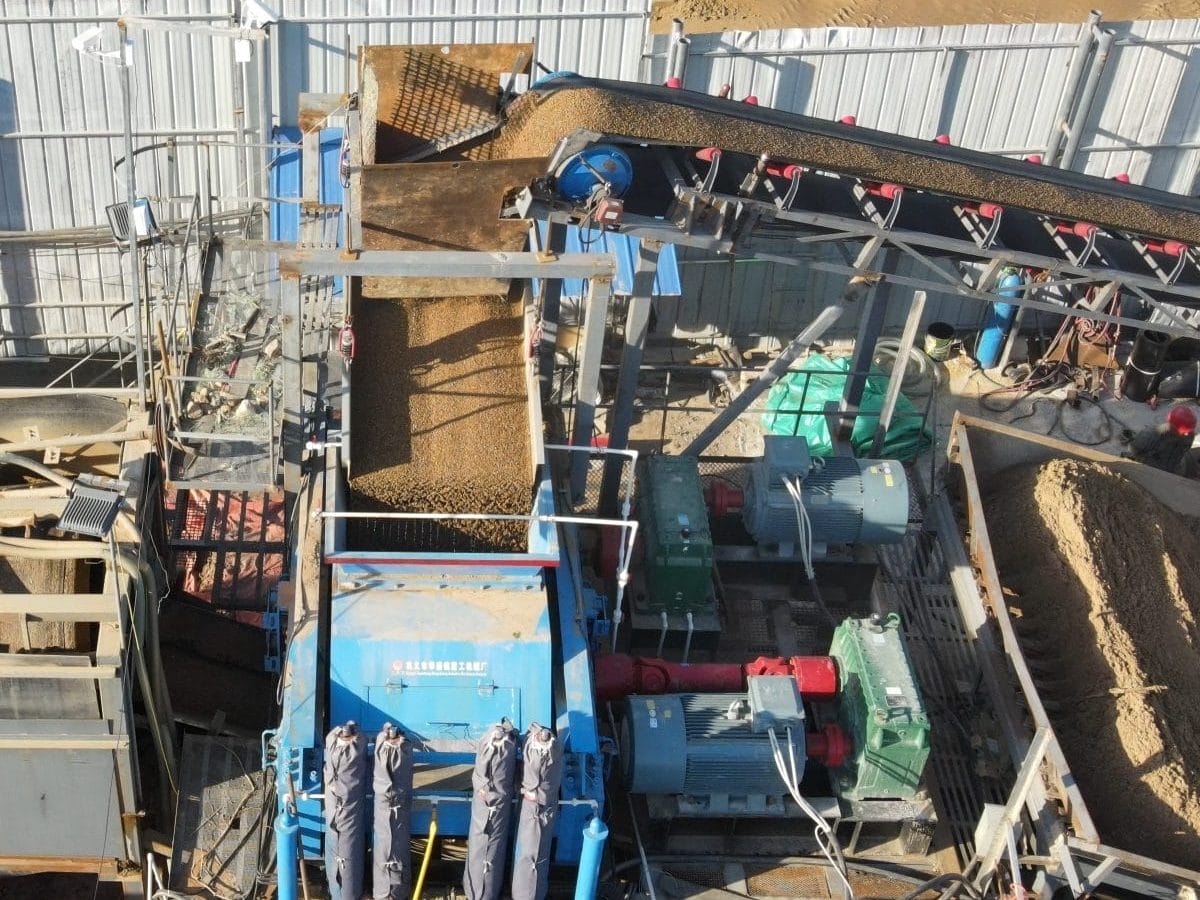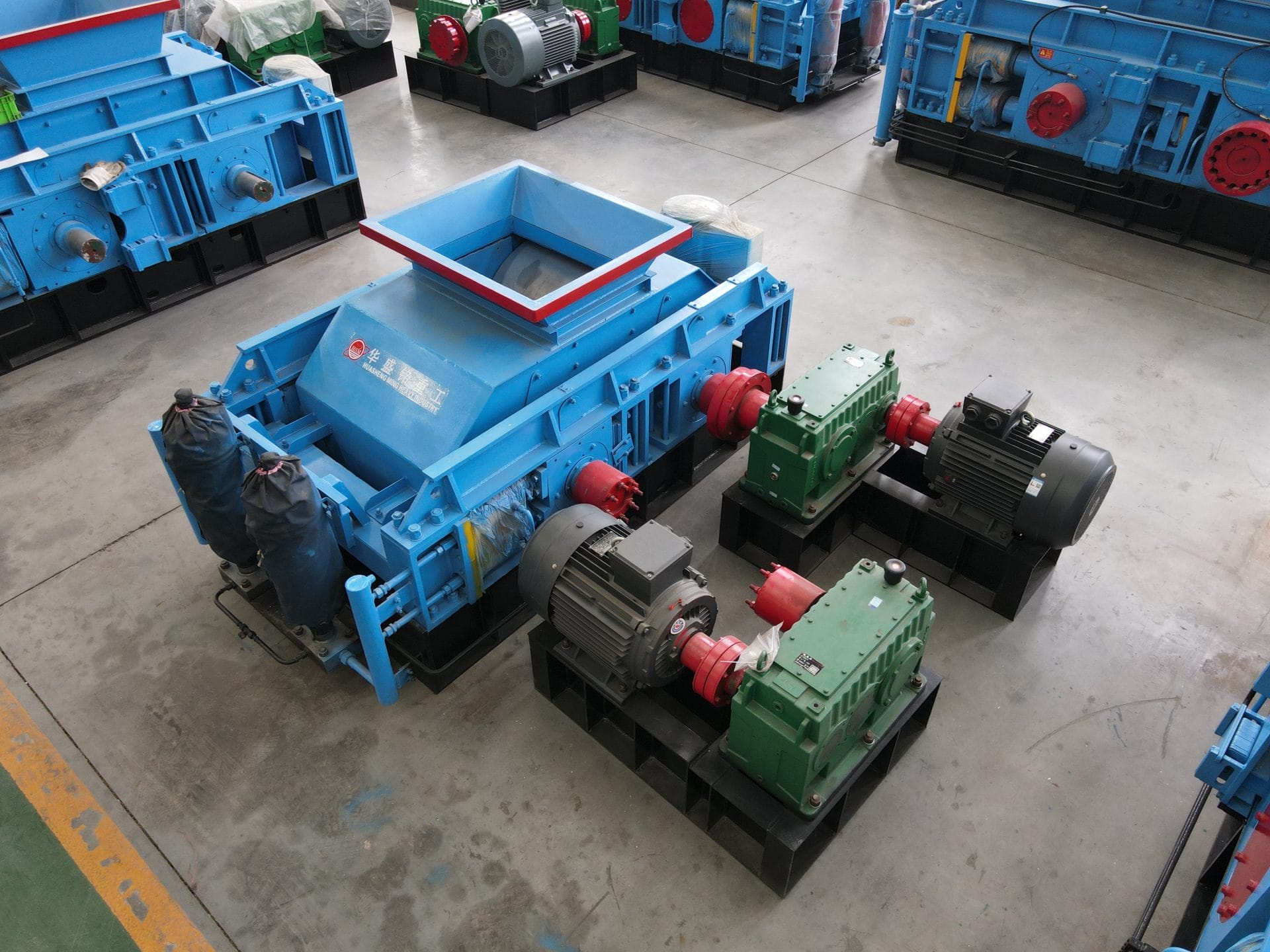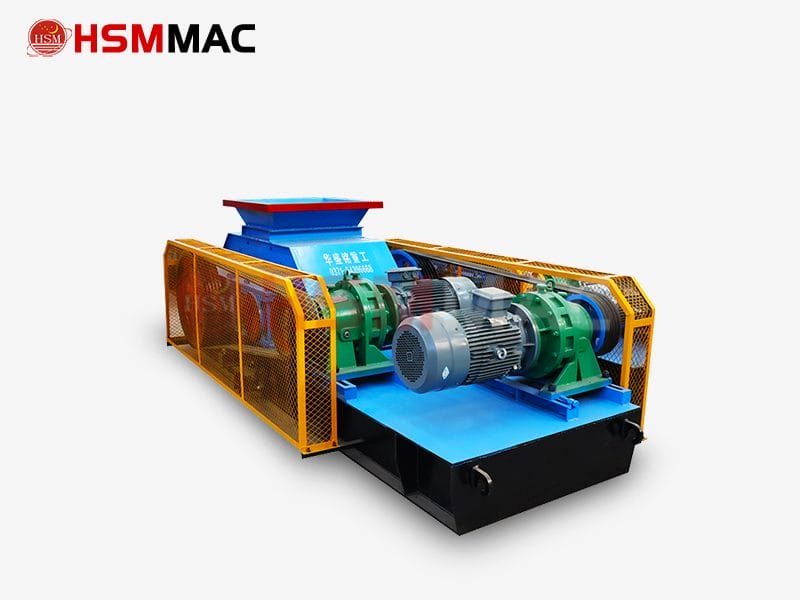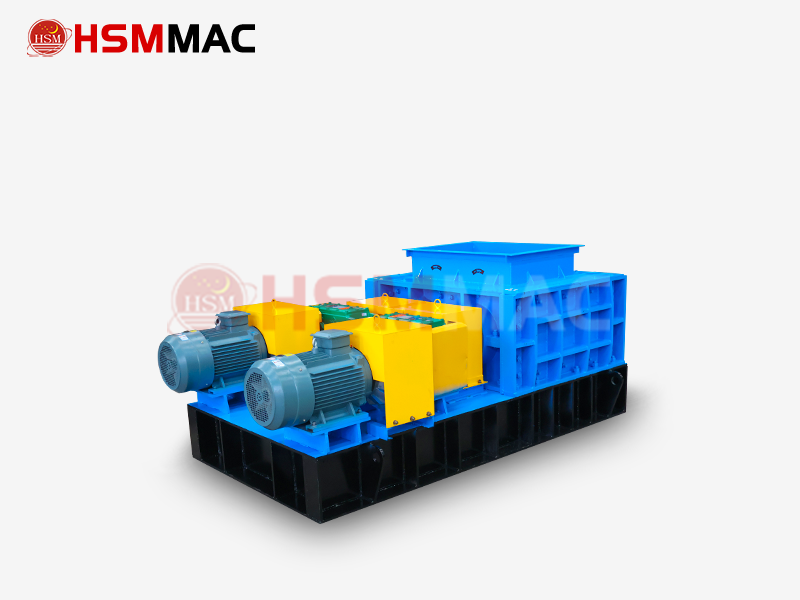What Types Of Materials Are Suitable For Dual-Stage Crushers?
2025-03-08
By aligning equipment type and workflow design, dual-stage crushers enhance efficiency and reduce costs for small-to-medium aggregate plants, solid waste processing projects, and mineral processing enterprises. Perform material testing before deployment to ensure compatibility. Dual-Stage Crusher: Applicable Materials and Scenarios A dual-stage crusher (or two-stage crusher) is a high-efficiency crushing device with a two-stage structure (coarse + fine crushing), ideal for processing low-to-medium hardness materials, particularly those with high moisture content. Below are its typical applications and material types: I. Applicable Material Types Ores Metallic ores: Iron ore, copper ore, gold ore, lead-zinc ore, etc. Non-metallic ores: Limestone, granite, basalt, dolomite, etc. Construction Materials Aggregates: Limestone, sandstone, concrete blocks, construction waste, etc. Industrial materials: Gypsum, feldspar, quartz sand, etc. Coal and Derivatives Coal, coal gangue (especially suitable for high-moisture coal gangue due to its sieve-free design). Shale, slag, etc. Industrial Waste and Construction Debris Concrete waste, bricks, asphalt pavement debris (requires pre-treatment to remove metal impurities). Slag, steel slag, tailings, and other industrial solid waste. Chemical Raw Materials Medium-low hardness chemical materials requiring fine crushing, such as phosphate ore and sulfur ore. II. Key Features and Applications High Moisture Tolerance The sieve-free design prevents clogging from wet or sticky materials…







